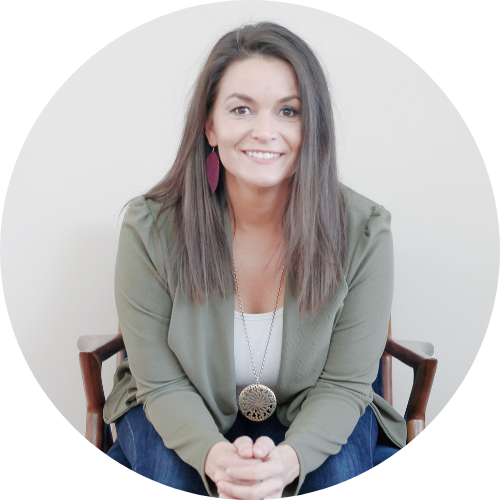WHY YOUNG LIVING?
Not all essential oils are created equal.
Find out what makes Young Living Essential Oils so powerful.
For years I wondered why other people that I knew were so loyal to purchasing their essential oils only from Young Living.
It didn't make sense to me why they would spend more money for products you could find somewhere else for less, and even find ones that were actually labeled "organic". The people I knew using the Young Living oils were frugal people - the people who could stretch a dollar better than anyone else I knew. So what gives? Why were they willing to spend more on this?
My curiosity got the better of me...
and I started asking questions.
I found out that there's a vast difference between Young Living Essential Oils and all the other oil brands.
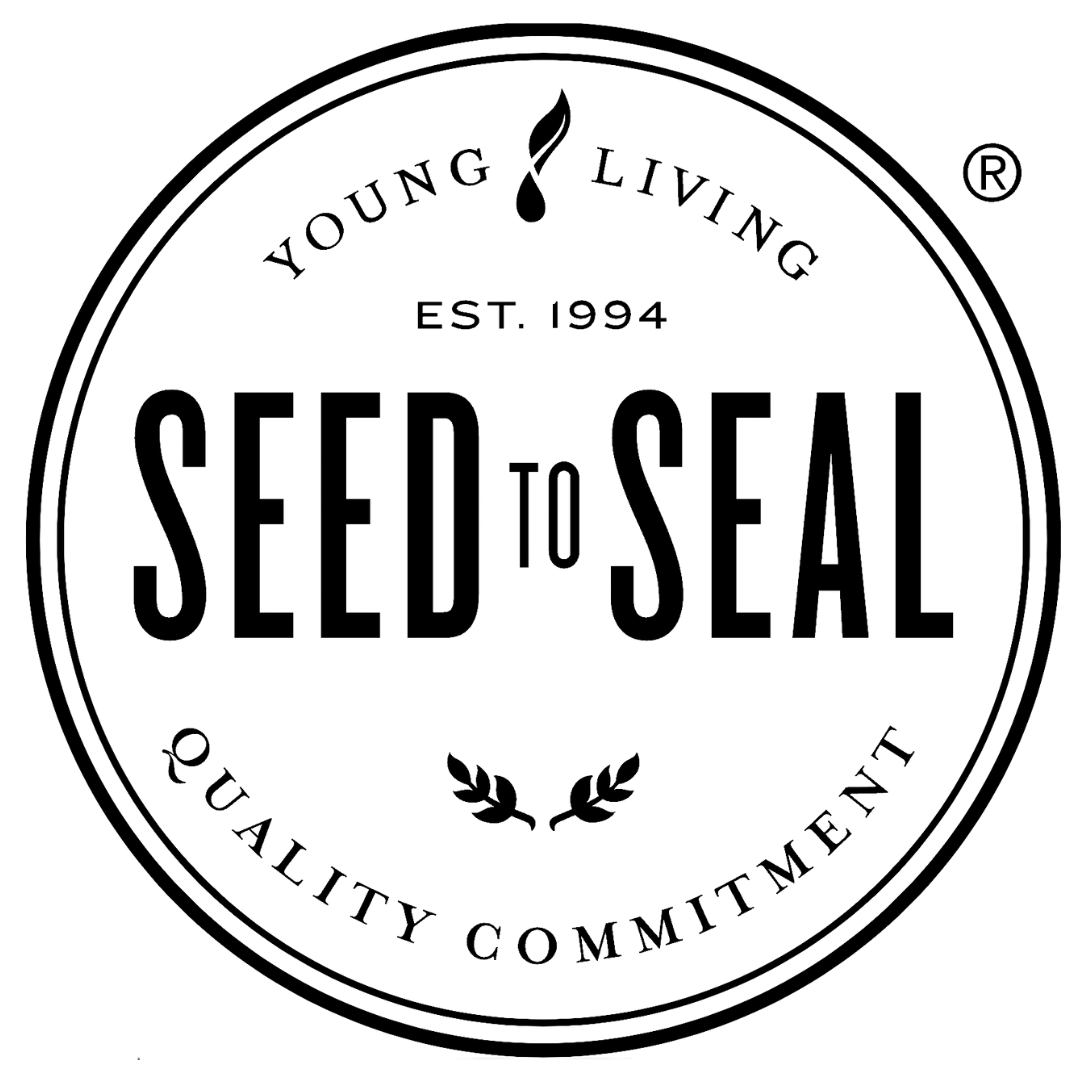 When I asked my friends what the difference was, the first thing they told me was that Young Living backs their products with their Seed to Seal Promise.
When I asked my friends what the difference was, the first thing they told me was that Young Living backs their products with their Seed to Seal Promise. But what did that mean?
I needed more specifics of what exactly that promise was. I needed to know that the promise was more than just a fancy slogan.
They explained to me that Young Living is hands-on in the process from selecting seeds all the way through to bottling, packaging, and shipping.
They told me about the 3 pillars - Sourcing, Science, and Standards. And they told me to go and visit the farms.
So I did.
Here's what I learned:
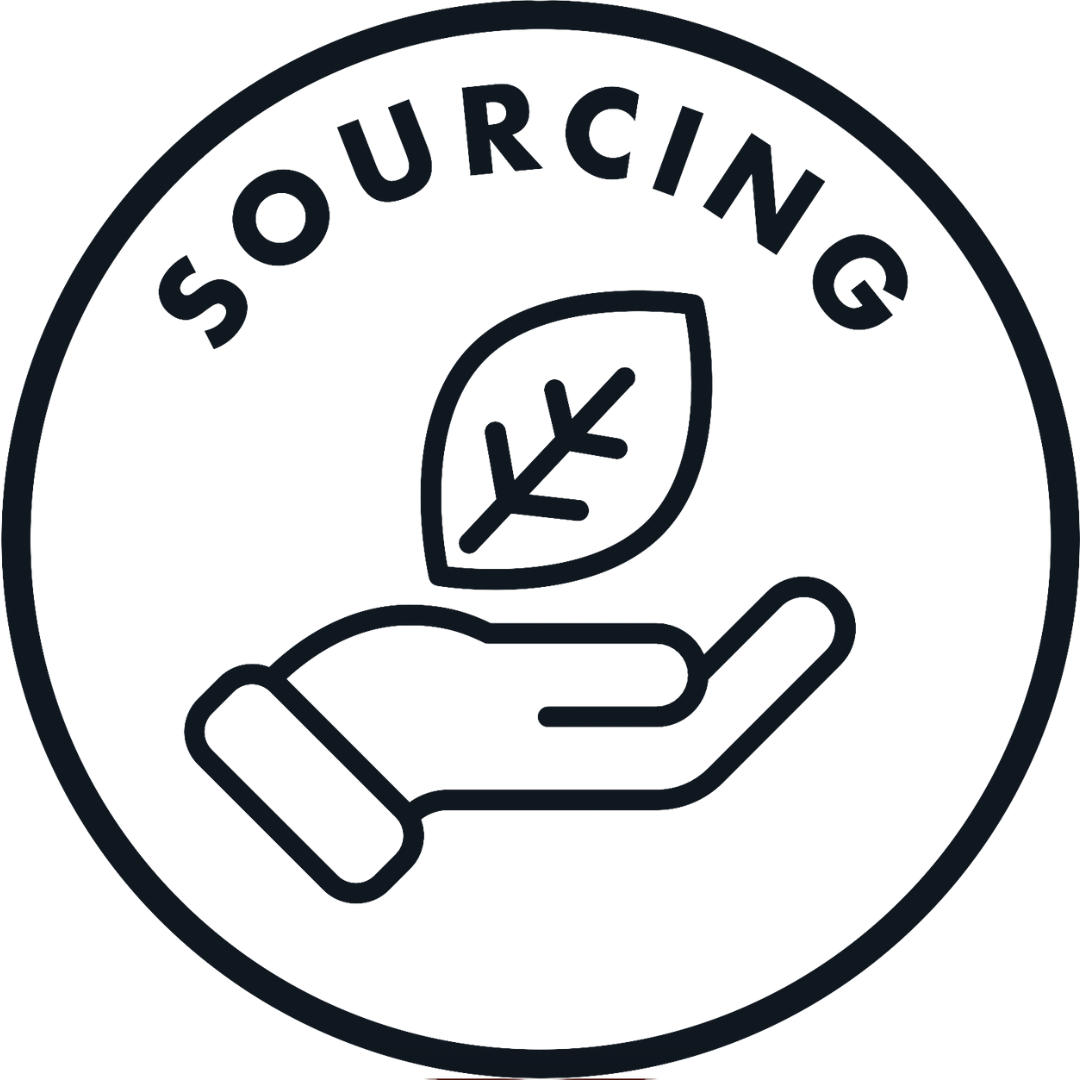
Young Living chooses seeds that will produce more therapeutic properties in the plants, not just simply more volume of essential oil, and that the seeds are selected from organic sources. One example I learned of this is that other companies use only clonal lavender - meaning that they take cuttings from other plants and plant them into the ground. This method is great for getting more volume of essential oil, because you can choose the most robust, full lavender plants. But the problem is that you get very little variety in the chemical constituents. Sometimes the plant that is struggling a little more to grow or to flower makes unique chemicals that have some amazing benefits for us too. You get more complexity from seed grown lavender and more volume from clonal lavender. So Young Living uses a mix between both in their growing practices so that we get a really unique essential oil, and plenty of it to share.
Young Living maintains strict, sustainable farming practices to ensure chemical-free, non-GMO standards, including pesticide residue, pollution, radiation, etc. YL has routine soil, water, and plant analysis and only uses organic fertilizers, compost, mulch, worm castings, etc.
They do not use any toxic chemicals for weeding or pest control.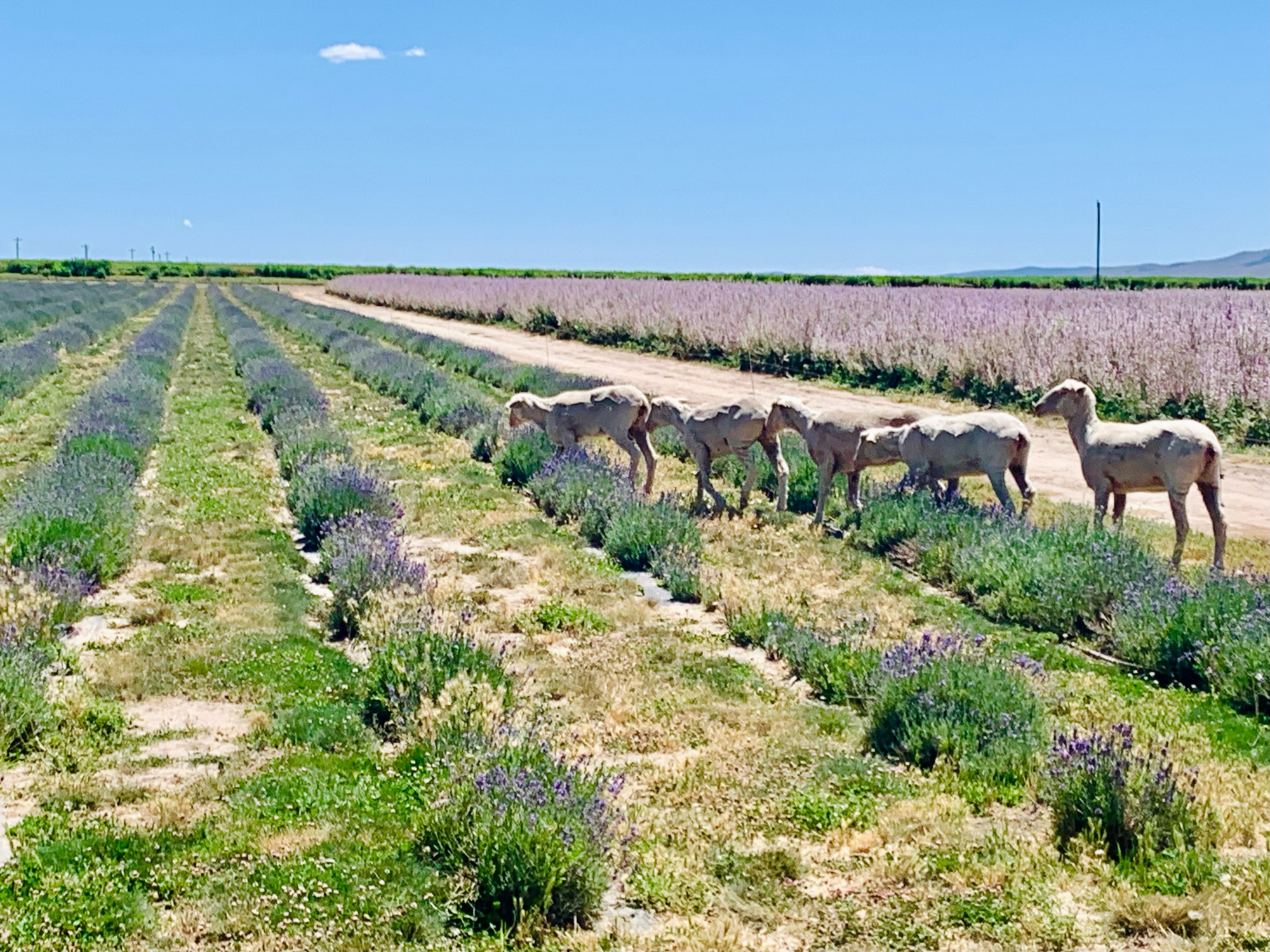

Depending on the farm, weeds are either pulled by hand, chipped, hoed, or pulled mechanically. The even have sheep that eat the weeds around the lavender plants. (They are some happy sheep!)
Pest control is done with biological methods by introducing beneficial insects and birds to the farms that help control harmful pests which would otherwise damage crops. YL also deters pests on the farms by spraying Basil, Cinnamon, Digize, Palo Santo, Idaho Tansy, Pine, Oregano, Neem oil, and Castile soap.
Good vibes only: They ask that farm workers and visitors never use foul language or curse words around the plants. If you’ve ever seen the images or videos of how plants respond to words or music, you’ll understand why.
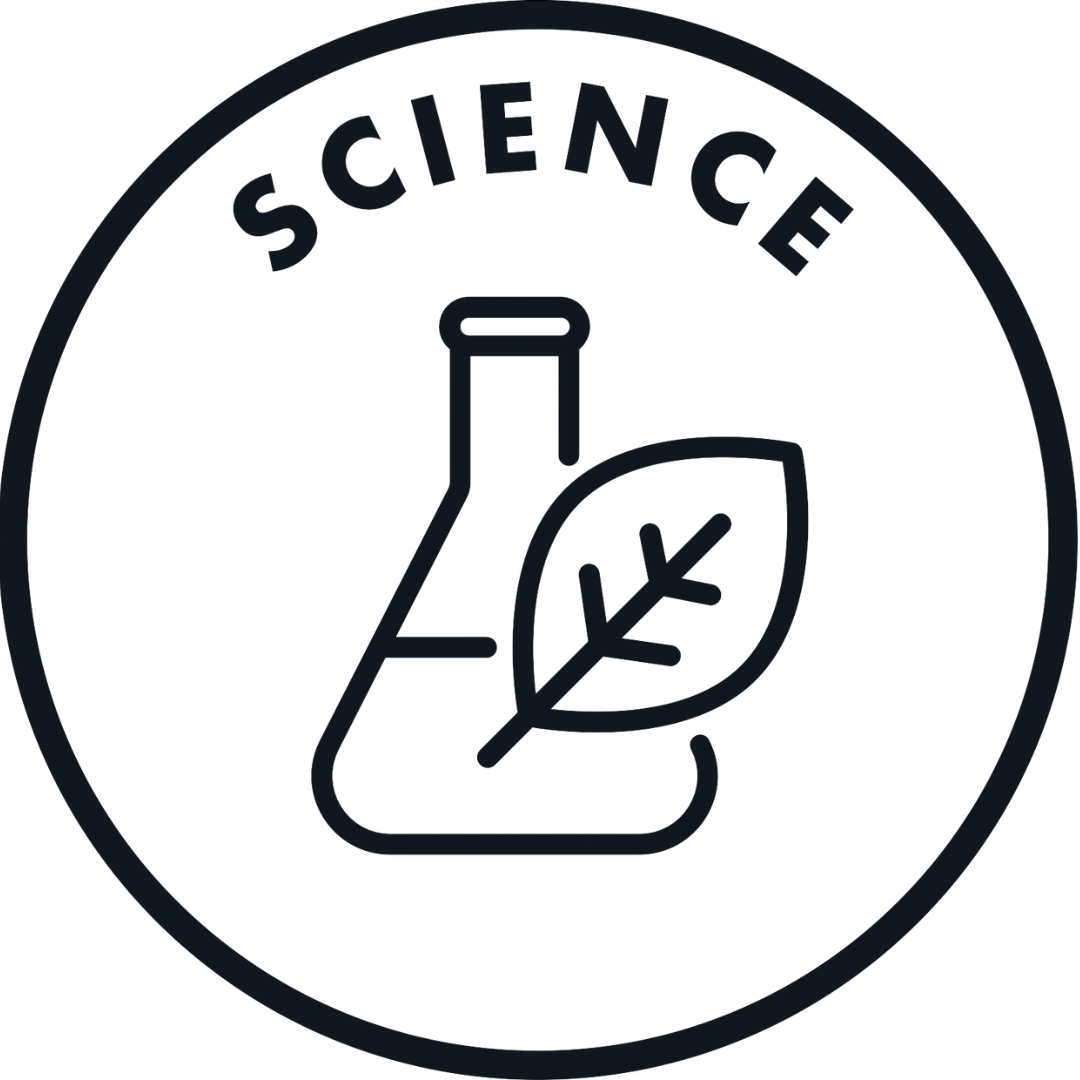 With 25 farms, including vetted 10 corporate-owned, 15 partner farms, and Seed to Seal certified suppliers that are extensively tested, Young Living doesn't compromise by adding synthetics, contaminants, cheap fillers, or by using unethical production practices.
With 25 farms, including vetted 10 corporate-owned, 15 partner farms, and Seed to Seal certified suppliers that are extensively tested, Young Living doesn't compromise by adding synthetics, contaminants, cheap fillers, or by using unethical production practices.The plants are harvested at the right time to maximize those therapeutic properties, and that they use lab testing to know when the right time is. Depending on the time of year, time of day, and many other factors, the chemical makeup of the plant will vary. (Plants are masters of chemistry!)
I spoke to one of the scientists who oversees the farm in Mona, Utah, and he explained that they will distill just one plant according to their distillation protocols and check the chemical constituents in it. When the constituents are in the range for what they expect for therapeutic benefits, they will go ahead and harvest the field for distillation. It’s not just because they look “ready” or it’s the right date on the calendar.
Young Living's quality commitment goes above and beyond the current aromatherapy AFNOR, ISO, and Organic standards. Each oil is tested 15 to 20 different times in triplicate in our quality control lab and in 3rd party facilities. If any tests fail, the oils are shipped to the Research and Development (RD) lab with different scientists and instruments. If it fails in RD, the product is disposed of instead of being sold to you. Gary always said, "I use the same oils on my family as you would use on your family."
I got my hands on a reference guide that explained the history and uses for each oil, and noticed that each essential oil had a list of key constituents with it with the required percentage for each of them. They explained to me that these constituents are what give the oils their amazing health properties, but that if they aren't there because of some issue with how they were grown or distilled, it won't have the same effect for us. They also taught me that the synthetic constituents added by many essential oil companies to make a GCMS test look "right" can be harmful to our health.
That's why Young Living runs so many additional tests on their oils - because a GCMS alone is not enough to determine that an oil is of the utmost purity and quality.
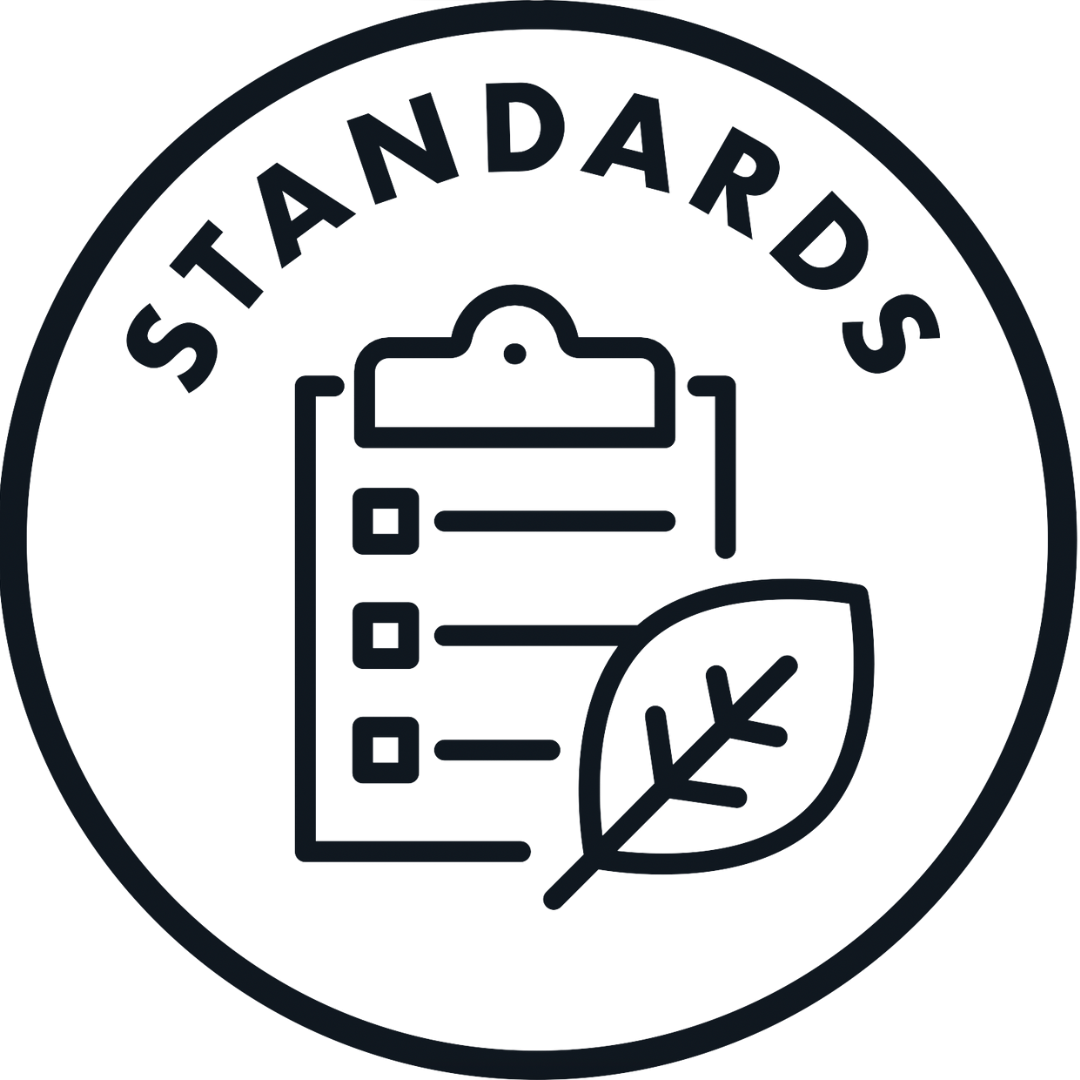 "As the leader in the modern essential oils movement, Young Living has paved the way toward greener living by blending nature and innovative and proprietary technology to draw us closer to the world around us. For over 25 years, we’ve defined what it means to deliverthe most pristine, potent oils on the market.
"As the leader in the modern essential oils movement, Young Living has paved the way toward greener living by blending nature and innovative and proprietary technology to draw us closer to the world around us. For over 25 years, we’ve defined what it means to deliverthe most pristine, potent oils on the market.That quality relies on our Seed to Seal® quality commitment, ensuring that every product reflects our rigorous, thoroughly tested, top-to-bottom quality approaches.
With a 99 percent landfill-free status, a trophy shelf of clean building awards, and more than 2,500 harmful mainstream chemicals banned from our product formulations, we help you reduce your harsh chemical footprint while simultaneously eliminating our own. Our planet takes care of us, and we return the favor with recycling, waste-cutting, regenerative agriculture, and more to deliver products to your home using the most responsible and sustainable methods.
The synthetic world we live in might be what we’re used to, but we aren’t confined to the material world. Ancestral knowledge about the workings of nature is all around us. By connecting and learning from the natural world, we live in harmony with the planet and have the potential to elevate and transform our lives."
Young Living has an unprecedented 30 years of essential oil research, along with having the first registered aromatic plant herbarium (a plant library) in North America.
They are one of the only Essential Oil companies in the world to house a registered herbarium, and out of 3,000 herbaria registered in the world, only a few including Young Living focus specifically on aromatic plant studies.
They have a commitment to make sure that the natural resources we have today are available for future generations. This means that if an oil is produced in such a way that it robs the earth, or is unsustainable, they won't sell that oil, or they will limit production.
I visited the Sandalwood Reforestation project in Kona, Hawaii, and saw firsthand the way that Young Living cares for the land, the people, and the environment. There, we saw the rows and rows of new Sandalwood saplings they are growing to repopulate the island. Much of the beautiful original plant-life of Hawaii was cleared for cattle ranching, and there is a group that started to purchase land so that they could begin to reforest the island. Gary Young got word of this project, and met with the owners to see about partnering with them to help them reach a higher level of success. He had a research center put on the land so they could find the best ways to grow new sandalwood, and how the tree needs other sacred trees like the Koa tree in order to survive. They had a distillation facility built on site to take the dead and dying trees who had lost more than 70% of their cover and turn them into therapeutic oils for us.
This information was impressive, but I wondered - aren't other companies doing this too?
Surely someone else out there owns their own farms, and is doing this stuff too. So I did some investigating into other companies. It's a worthwhile endeavor to call them and ask them if you can visit their farms, or tour their distillation facilities. To reach out and ask them about the testing that they do on the oils they get. (Hint: they don't have farms, or distillation facilities, and they rarely run more than a basic GCMS test and call their oils pure).
Many of these companies were founded with the sole purpose of tapping into an up-and-coming market trend and maximizing profits. Not that those are bad things - but I think we can agree that it is far better to buy essential oils and wellness products from a company whose purpose is to help people, to be good stewards of the earth, and to see lives transformed.
Ultimately, the first company ends up cutting corners, making cheap knock-off products that don't live up to the hype, while causing harm the land, undercutting the workers wages, and robbing our natural resources. Plus, those products can actually cause harm to the people buying them.
Young Living finds ways to innovate so that more people are blessed - the customers, employees, farmers, scientists, communities... And the land is cared for, protected - healed. It's a mission worth aligning with.
Young Living finds ways to innovate so that more people are blessed - the customers, employees, farmers, scientists, communities... And the land is cared for, protected - healed. It's a mission worth aligning with.


